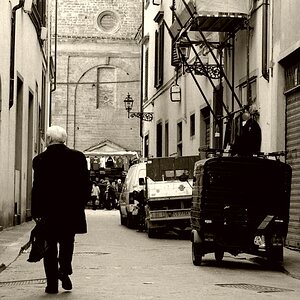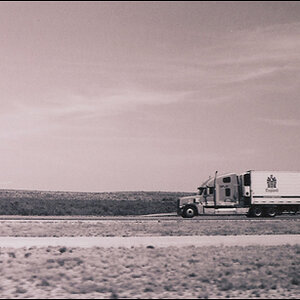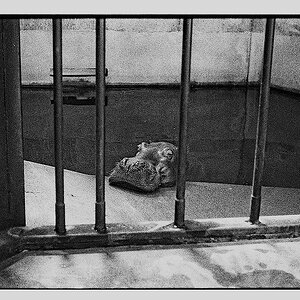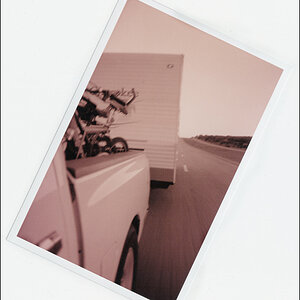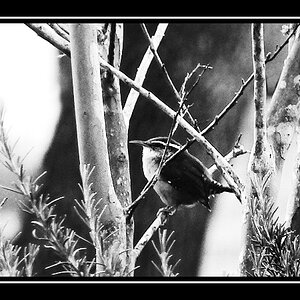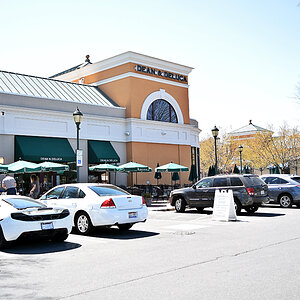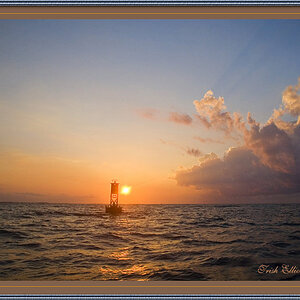mcflickr
TPF Noob!
- Joined
- Jul 23, 2014
- Messages
- 27
- Reaction score
- 3
- Can others edit my Photos
- Photos OK to edit
Hi Everyone,
I currently shoot with a Nikon D7000, and find that a tend to defer to AP mode most of the time. After I've selected the desired Aperture, I let the camera do the rest, and will only tinker with ISO if the resulting shutter speed is too slow. With that said, I find that when I import my photos to Lightroom, and use the "auto" feature to correct my photos, most are underexposed.
I guess my question is, why would my photos be underexposed if the camera meter reads in the middle (not over or under exposed)?
Would I be better to shoot in Manual Mode, selecting a desired aperture and shutter speed, and then choose Auto ISO to achieve correct exposure.
Loaded questions, but looking for any advice you may have to getting consistent "correct" exposures.
Thanks!
I currently shoot with a Nikon D7000, and find that a tend to defer to AP mode most of the time. After I've selected the desired Aperture, I let the camera do the rest, and will only tinker with ISO if the resulting shutter speed is too slow. With that said, I find that when I import my photos to Lightroom, and use the "auto" feature to correct my photos, most are underexposed.
I guess my question is, why would my photos be underexposed if the camera meter reads in the middle (not over or under exposed)?
Would I be better to shoot in Manual Mode, selecting a desired aperture and shutter speed, and then choose Auto ISO to achieve correct exposure.
Loaded questions, but looking for any advice you may have to getting consistent "correct" exposures.
Thanks!


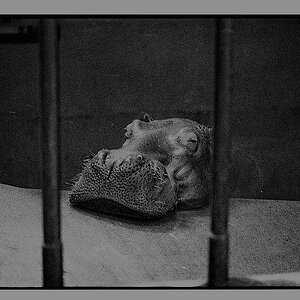
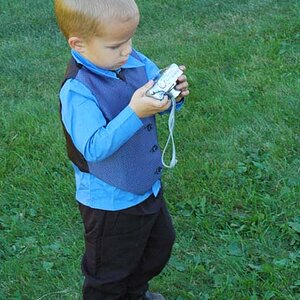
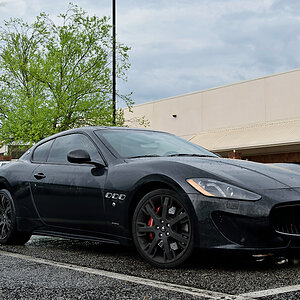
![[No title]](/data/xfmg/thumbnail/37/37605-90c8efaef5b7d1f52d4bf8e7dfd33673.jpg?1619738148)

